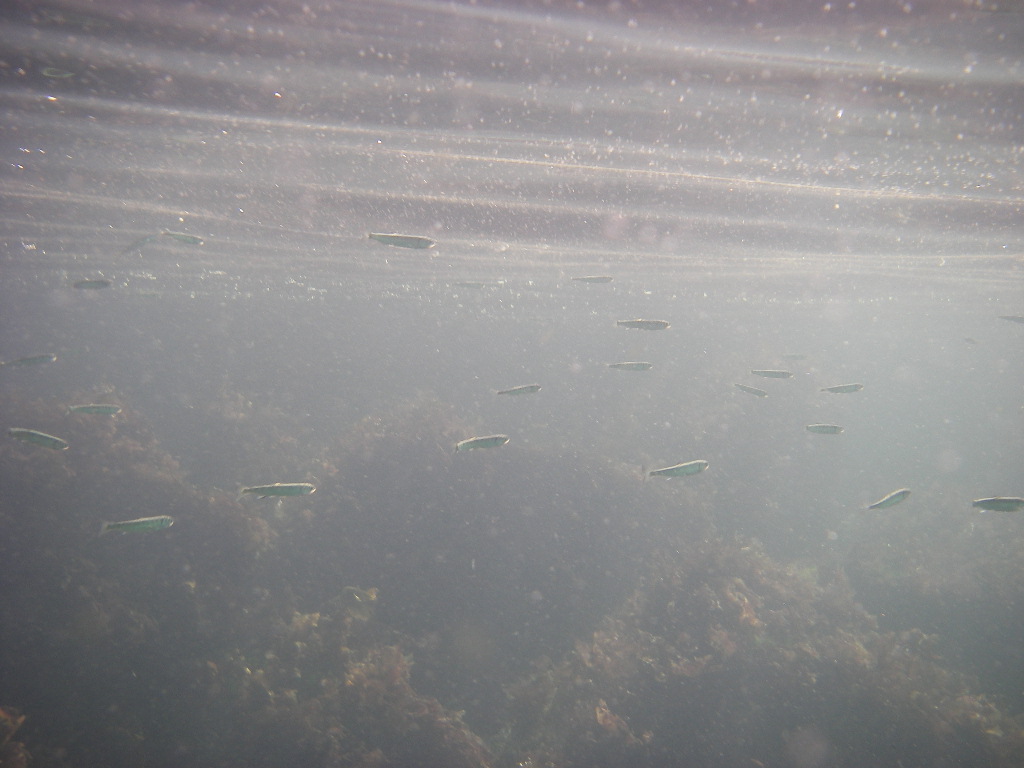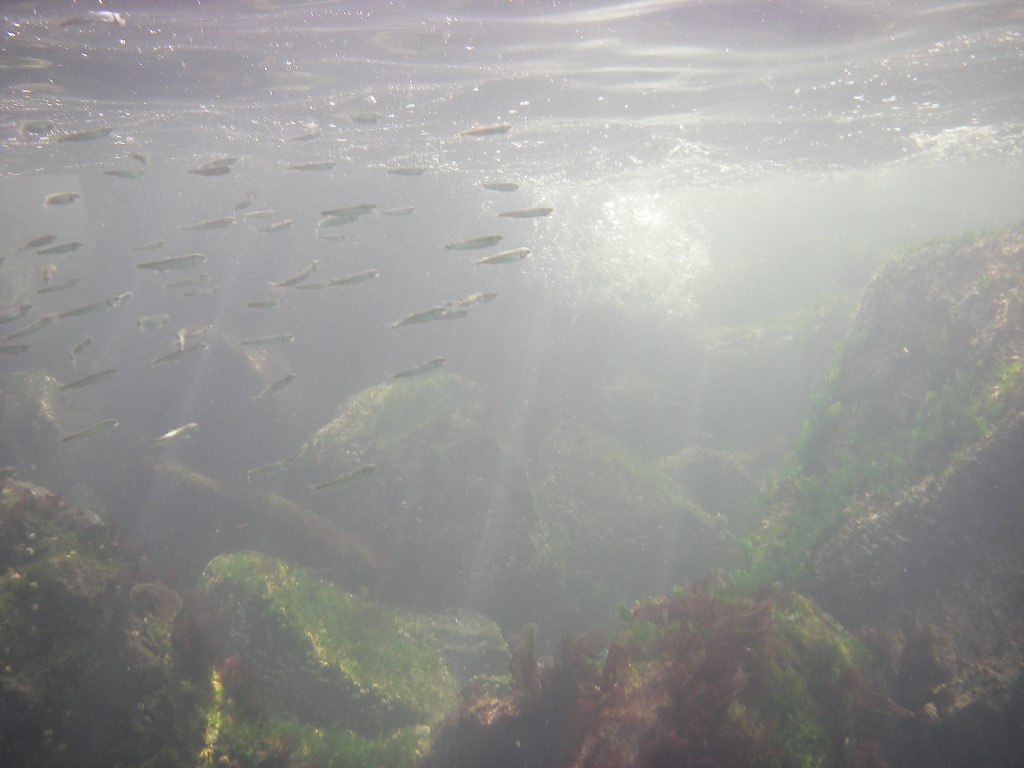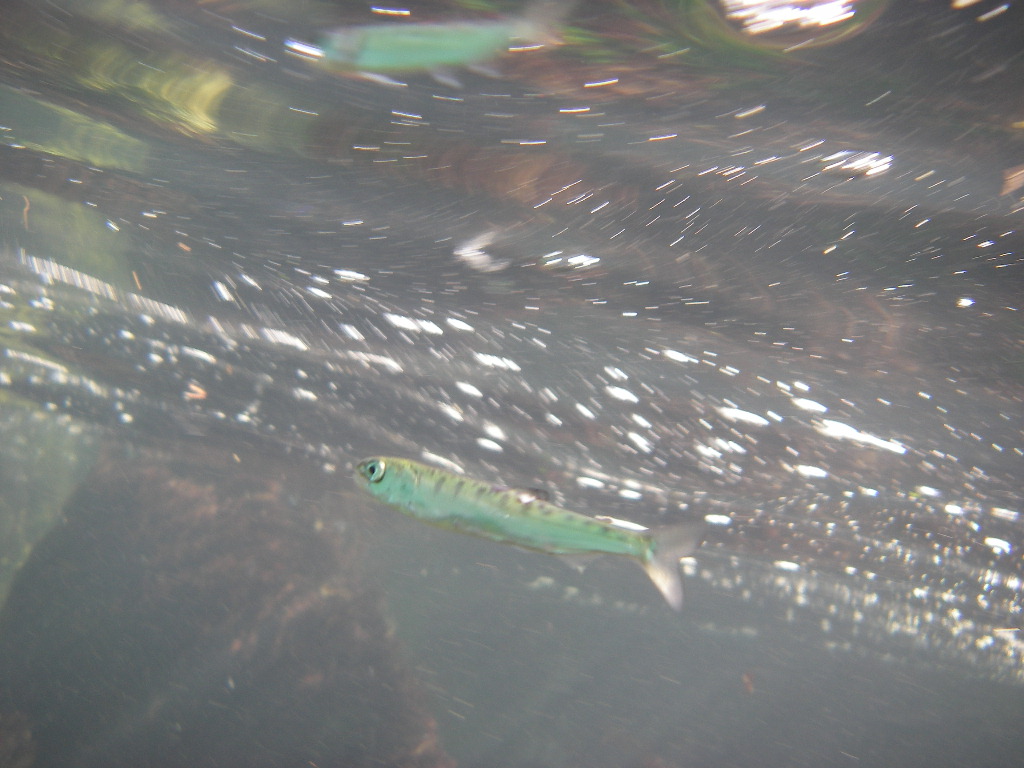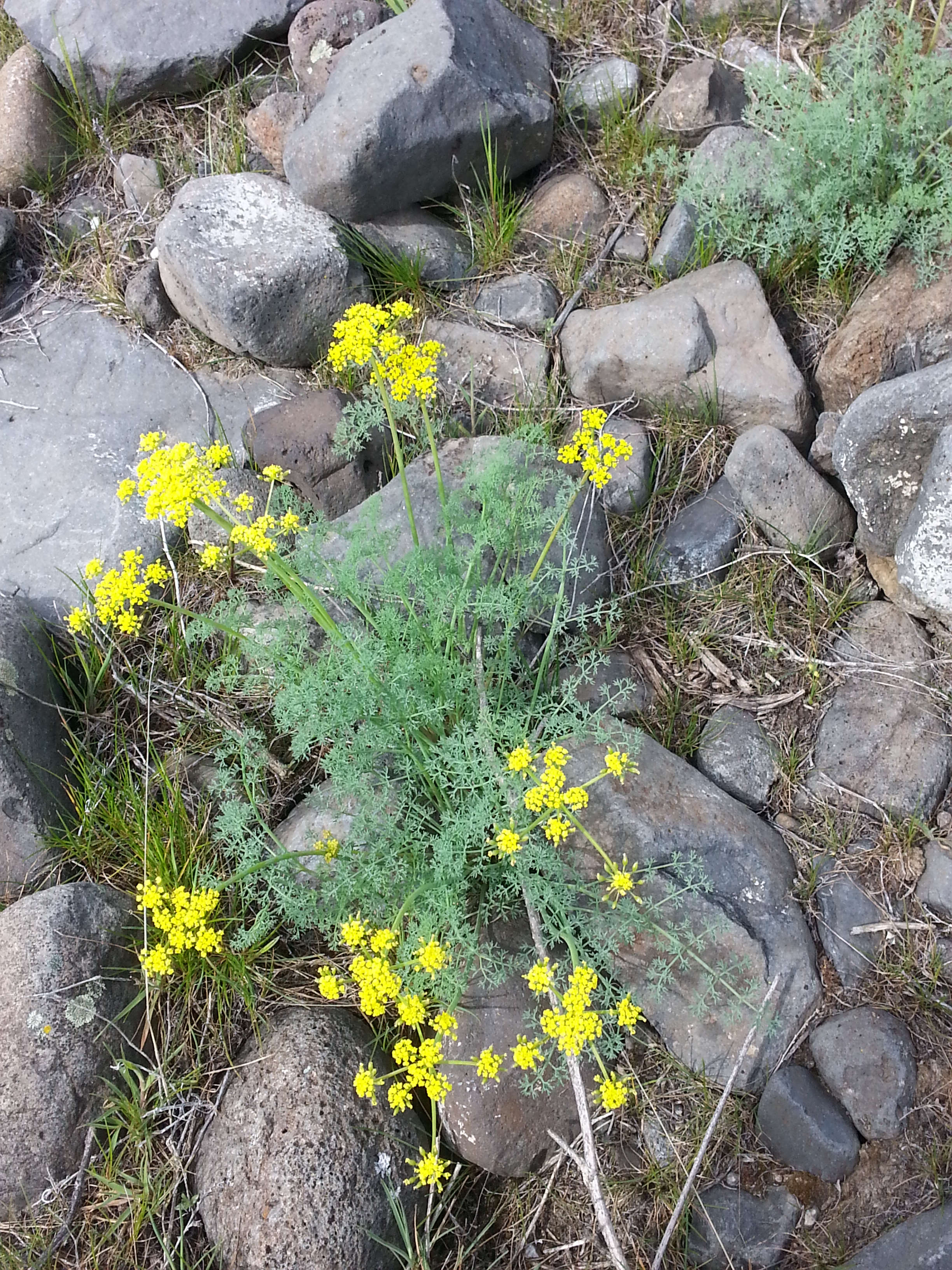Written by Jodie Toft, Senior Marine Ecologist
Photographed by Jason Toft
Here in downtown Seattle, residents are dusting off sunglasses and sandals, in hopes that the mercury finds its way past 65. Let's not kid ourselves, 60 degrees is completely shorts-worthy. The market is full of tulips and daffodils and nature's perfume of choice is part cherry blossom, part salty smelling water.
One of the best parts of this aptly named season is what's going on with one of the Pacific Northwest's biggest icons. Yes ma'am, it's baby salmon time. Millions of tiny salmon are springing - actually just swimming - through Puget Sound towards the big ocean. Over the next few months, pulses of hatchery and wild juvenile chum, Chinook, coho, and pink salmon will be out migrating. They'll make the journey from fresh to salt water, looking to feed themselves and also serving as food for other members of the marine food web. And after a few years - how long depends on the species of salmon - those who've endured life in the big blue will run home.
Seeing the big salmon return is a powerful experience for locals and tourists alike; seeing the little ones set out, however, also definitely strikes a chord. If you find yourself in downtown Seattle, head towards water's edge and you'll find yourself next to a baby salmon highway (aka, a migratory corridor). Take a moment to peek into the water. This year, three species in particular – Chinook, pink and chum salmon - are your best bet for baby salmon viewing. These three use nearshore habitats more than the other species of salmon. Accordingly, as natural shorelines in Puget Sound were hardened, or armored, over the last century and a half, Chinook salmon bore the brunt of that habitat loss. That habitat loss and myriad other factors, landed Puget Sound Chinook with a listing of threatened under the Endangered Species Act.
Yet with creative restoration can hopefully come recovery. Efforts right here in downtown Seattle are benefiting salmon, from creation of habitat during construction of the Olympic Sculpture Park, to habitat enhancements associated with replacement of the aging seawall along Seattle's central waterfront. Other efforts, such as those that we at The Nature Conservancy are taking, are aimed at finding innovative solutions that tackle pollution caused by toxic stormwater run-off.
In coming weeks and months, if you’re on the lookout for nature in cities, don’t forget to look to the salty environs. See if you can catch a glimpse one of Seattle’s best kept secrets - our very own charismatic mini-fauna.



























